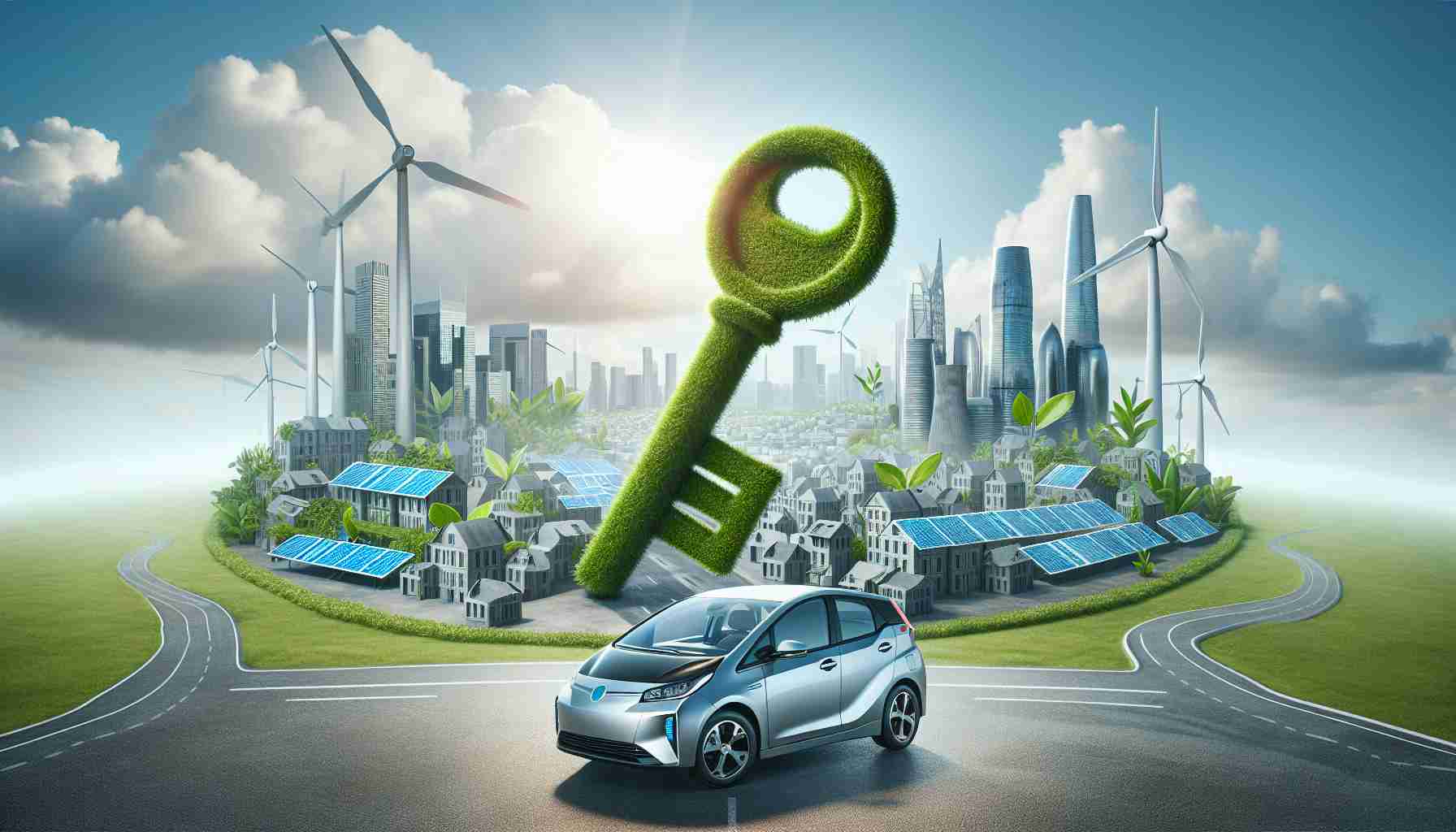Are Hybrid Electric Vehicles the Key to a Sustainable Future?

Hybrid electric vehicles (HEVs) have gained significant attention in recent years as a potential solution to reduce carbon emissions and transition to a more sustainable transportation sector. With their combination of electric power for short trips and gasoline power for longer journeys, HEVs offer an appealing pathway for individuals looking to make greener choices without the range anxiety associated with battery electric vehicles (EVs).
However, are HEVs truly the panacea they’re made out to be, or just another fool’s gold? According to industry expert Kate Harrison, the answer lies in how these vehicles are used.
The biggest value of HEVs lies in their potential to reduce carbon emissions. When regularly plugged in, plug-in hybrid electric vehicles (PHEVs) can save about 1.5 tons of carbon annually, a significant 30% reduction compared to the average car’s emissions. They also offer better fuel economy than gasoline-only vehicles, with some models achieving up to 10 mpg better.
But here’s the catch. The environmental and financial benefits of PHEVs are contingent upon regular charging. When fleet drivers neglect to charge their PHEVs and rely excessively on gasoline, the advantages rapidly dissipate. In fact, fleet managers are the least likely to plug in PHEVs, making them detrimental both environmentally and financially.
To truly harness the potential of PHEVs, companies must adopt a pro-charging approach. Installing charging infrastructure at workplaces, facilitating on-the-go charging, and creating a home-first charging policy are essential steps. Fleet managers must educate drivers on maximizing the benefits of their PHEVs and empower them to maintain a full charge whenever possible.
The responsibility doesn’t solely lie on corporations but also on policymakers. Incentives for PHEVs should reward actual electric usage, rather than just the purchase of the vehicle. By structuring incentives in this way, policymakers can encourage the responsible use of PHEVs and ensure that their potential for sustainability is truly harnessed.
While PHEVs may have their drawbacks, they still hold promise as a transitional technology towards a sustainable future. By using them responsibly and prioritizing regular charging, we can make the most of their environmental and financial benefits.
FAQ Section:
1. What are hybrid electric vehicles (HEVs)?
HEVs are vehicles that combine electric power for short trips and gasoline power for longer journeys. They are designed to reduce carbon emissions and provide a more sustainable transportation option.
2. How do HEVs help reduce carbon emissions?
When regularly plugged in, plug-in hybrid electric vehicles (PHEVs) can save about 1.5 tons of carbon annually, which is a 30% reduction compared to the emissions of an average car.
3. Do HEVs offer better fuel economy than gasoline-only vehicles?
Yes, HEVs offer better fuel economy than gasoline-only vehicles, with some models achieving up to 10 miles per gallon (mpg) better.
4. Do fleet managers neglect to charge PHEVs?
Yes, fleet managers are the least likely to plug in PHEVs. Neglecting to charge PHEVs and relying excessively on gasoline diminishes the environmental and financial benefits of these vehicles.
5. What steps can companies take to harness the potential of PHEVs?
Companies can adopt a pro-charging approach by installing charging infrastructure at workplaces, facilitating on-the-go charging, and creating a home-first charging policy. Fleet managers should educate drivers on maximizing the benefits of PHEVs and encourage them to maintain a full charge whenever possible.
6. What responsibilities do policymakers have regarding PHEVs?
Policymakers should structure incentives for PHEVs to reward actual electric usage, rather than just the purchase of the vehicle. This will encourage responsible use and ensure that the potential for sustainability is fully realized.
7. Are PHEVs a transitional technology towards a sustainable future?
Yes, PHEVs hold promise as a transitional technology towards a sustainable future. By using them responsibly and prioritizing regular charging, we can make the most of their environmental and financial benefits.
Definitions:
– Hybrid electric vehicles (HEVs): Vehicles that combine electric power for short trips and gasoline power for longer journeys.
– Plug-in hybrid electric vehicles (PHEVs): HEVs that can be plugged in to charge their electric batteries.
Suggested Related Links:
– U.S. Department of Energy: Electric Vehicle Basics
– Car and Driver: 2021 Chevy Volt Electric Car Review
– Consumer Reports: How to Get a Charging Station Installed for Your EV (Home Quick Guide)
[embedded content]

